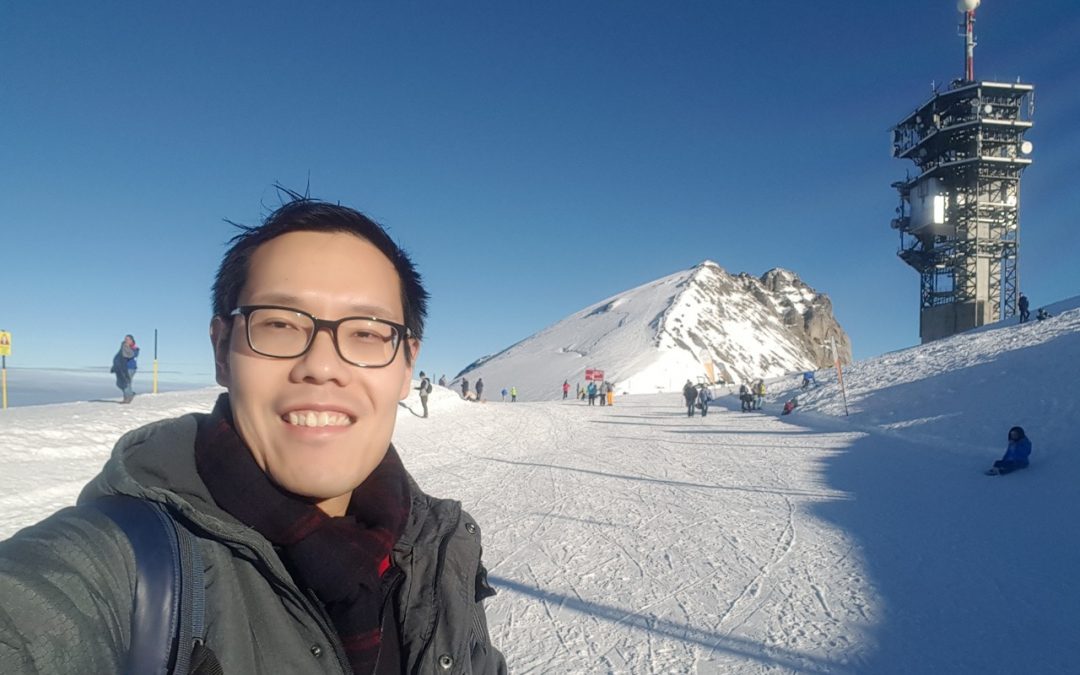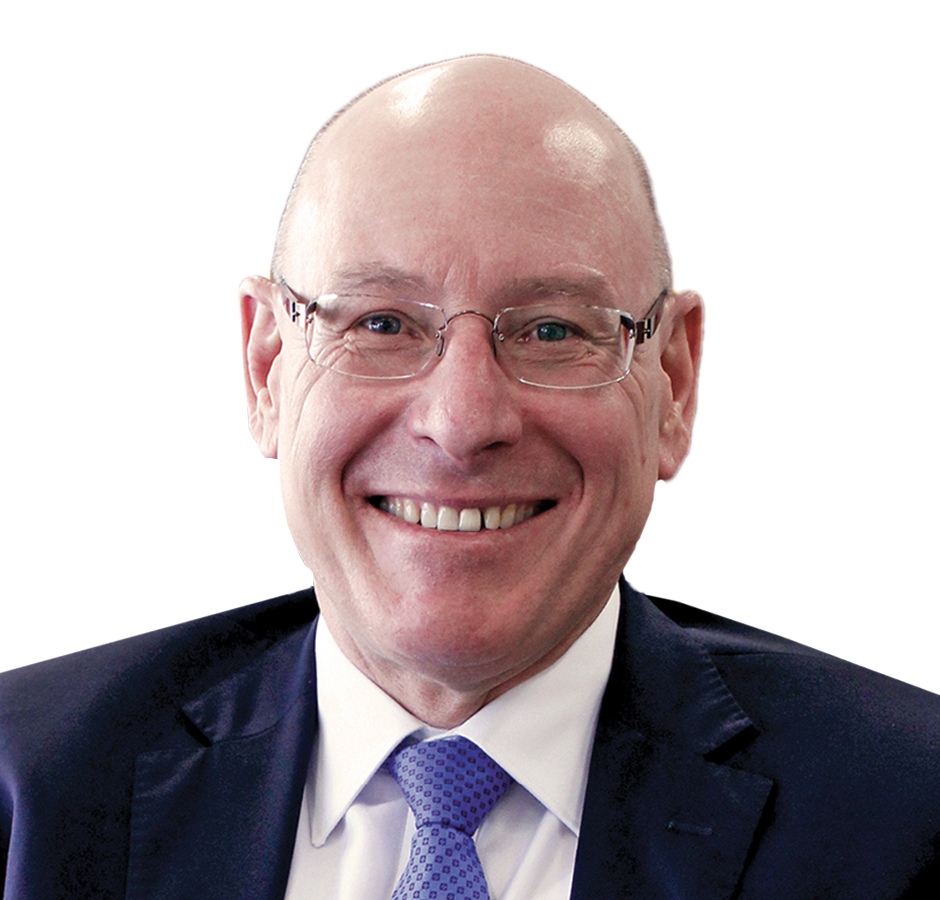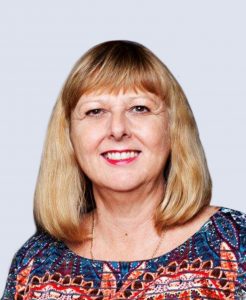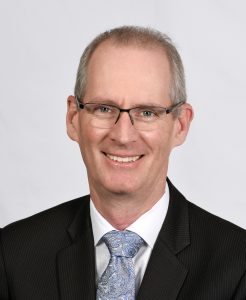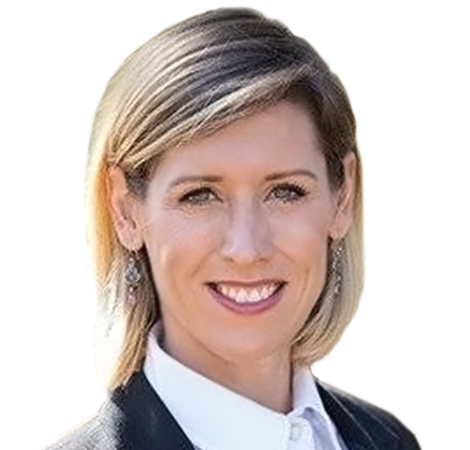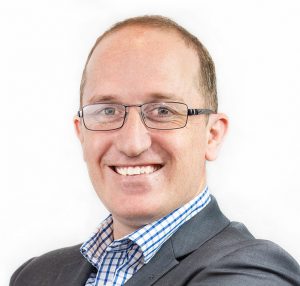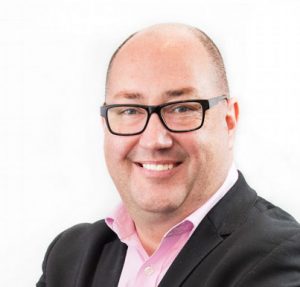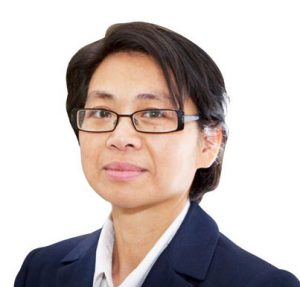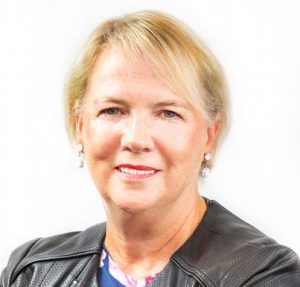His job title might suggest he is straight out of a sci-fi movie, but cyber-pharmacist Dr Kevin Yap is the real deal.
Having moved from Singapore to Australia last year, he is now a Senior Lecturer in Public Health (Digital Health), specialising in cyber-pharmacy, at La Trobe University.
He is also Course Co-ordinator of the University’s new Digital Health Course Suite.
Along the way, the self-confessed ‘techie geek’ has been behind a wide variety of digital health projects – including the 3D printing of sustained-release tablets, a database that checks whether Chinese herbal medicines taken by cancer patients will interact with their chemotherapy, and a virtual game that helps Warfarin patients ensure they are taking the right dose.
His work has seen him receive numerous awards over the past decade, including the Young Investigator Award 2011 from the Multinational Association of Supportive Care in Cancer.
Kevin spoke with us recently.
What got you interested in cyber-pharmacy and digital health?
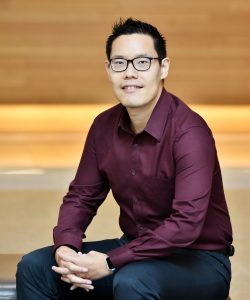
After I graduated as a pharmacist from the National University of Singapore (NUS), I began my career working in hospital and community settings – but I was always interested in digital technologies and began studying for a Specialist Diploma in Digital Media Creation at the Singapore Polytechnic.
At the same time, I was undertaking a Master of Engineering at the Nanyang Technological University, looking at the quality surveillance of traditional Chinese medicines using machine learning.
Because NUS knew I was a pharmacist and a ‘techie geek’, they invited me back to do a PhD in pharmaco-informatics. Upon graduation, I skipped my post-doc and moved to the UK to take up a position as Assistant Professor of eHealth Innovation at the University of Warwick’s Institute of Digital Healthcare.
That was where our team, comprising both clinicians and engineers, got into the field of digital healthcare. In fact, we were the first to define the terms ‘digital healthcare’ and ‘pharmaco-cybernetics’ in Wikipedia.
Combining my knowledge and skills in pharmacy and the pharmaceutical sciences with informatics, digital technologies and human-computer-environment interactions, I defined a niche for myself and the pharmacy profession through my work – that’s when the field of pharmaco-cybernetics, which is essentially cyber-pharmacy, was born!
I am of an era where technologies were fast evolving – things like WhatsApp and Facebook were just beginning. I could see potential in how these could be applied in healthcare, and how digital technologies could play a positive role in patient care and clinical practice.
Is the Star Trek Effect a real thing when it comes to healthcare?
Absolutely! There are numerous examples of real-life inventions that have been dreamed up in the movies. One of the medical devices in Star Trek – a medical tricorder – has now been developed, and actually mimics the one in the movie!
I often refer to another movie, Minority Report, in my presentations. There are so many technologies in the Minority Report that got me interested in digital health research – gesture-based computing, virtual reality (VR), telemedicine etc. We are now at the stage where some of these technologies are coming to fruition.
In the Minority Report, they came up with a technological device that looked like a spider – it could move around people’s homes to see what they were doing. I liken it to what is happening in mHealth at the moment, with wearable devices and mobile phones to monitor patients. They are not exactly spider robots, but the concept is the same – although maybe a little less scary!
Tell us about the work you’ve been doing on e-databases and data mining around oncology.
This was my original area of research when I started doing my PhD at the National University of Singapore.
Because the majority of people in Singapore are Chinese and Asian, and because traditional Chinese Medicine is one of the major treatments for many conditions, a lot of cancer patients take herbal medicines without knowing that these can potentially interact with their chemotherapy.
With this in mind, we developed an oncology database that basically informs clinicians of interactions between traditional Chinese Medicine and some of the Western medicines, including anti-cancer drugs and combination chemotherapy cocktail regimens – so if a patient is on a natural herb medicine and they are not sure whether it interacts with a particular chemotherapy regime, the clinician can check the database for information on side effects.
Currently, most of the users of the database are naturopaths in the United States.
Are Western clinicians in Singapore also using the database?
We’re still refining the database, but some are. Because a lot of clinicians there are not really trained in Chinese Medicine, they advise patients not to take traditional Chinese medicines at all – but patients then tend to take them anyway, without telling the pharmacist or doctor. If the patient is willing to talk to the pharmacist or doctor, they can use the database to better inform the patient of any adverse interactions.
What about your project to monitor cancer patients for chemotherapy-induced nausea and vomiting (CINV)?
This was a trial we undertook in Singapore, where the patient would go home after their chemo cycle and be monitored by SMS each morning. We would ask them to record their frequency of vomiting and ‘rate’ their nausea on a scale of one to ten, and they would reply via SMS. If there was potential for severe nausea or vomiting, it would alert the pharmacist who could then contact the patient to intervene.
Until now, there has been no way for pharmacists to electronically monitor patients for CINV in real-time. Patients would often endure their CINV until the next appointment with their oncologist or, in really severe cases, the patient might present to the Emergency Department.
We wanted to be able to remotely monitor this, so we could allay the patient’s fear if their symptoms were not severe, or help them if they were. Most patients can be managed at home through active counselling and taking anti-emetics.
This project is still in the trial stage but it has been well accepted by patients. SMS is more user-friendly for some of our older patients, but we will consider whether a mobile app is useful too.
You’ve also been doing some work on data analytics to identify patients most at risk of CINV?
That’s right. Sometimes it is difficult for clinicians to identify which patients are more prone to CINV during chemotherapy cycles, so we opted-in some simple demographic data of patients and also asked them to record their instances of nausea and vomiting.
We crunched the data and found there were certain factors that could identify whether a patient would be at higher risk of CINV – including the extent and period of alcohol consumption, being female, fatigue, certain anxiety symptoms and various other things.
It was this research that led to the SMS project, because when we first did the monitoring, we used pen and paper…and quickly decided it was easier to monitor this using technology!
Tell us about your sensor device to monitor and help cancer patients with their rehabilitation.
I developed that when I was in the UK, at the Institute of Digital Healthcare.
I wanted to come up with a way to monitor patients during their rehabilitation following cancer surgery.
We used Microsoft Kinect sensors to see if we could track a patient’s movements when they exercise – these are the same sensors that are used to detect the hand and leg movements of people when they play online games.
Some patients, particularly after breast cancer surgery, can have lymph node swelling and it can affect their extremities – so while doctors can advise their patient to do exercises at home, they don’t really know whether the patient is actually following through.
We developed our program to monitor patients at home and better inform the clinicians, so they could follow up with patients who weren’t exercising due to discomfort and other factors.
This project stopped at a prototype stage when I moved back to Singapore, but I’m hoping I can do something like this in Australia.
What about your medication management apps?
The most recent one is an app we have been trialing in Singapore to monitor cancer patients for their adherence to oral anti-cancer drugs.
We developed a prototype using something called a near field communication (NFC) tag – similar to the tech used in a Myki smart card. Just before they take their medication, the patient taps their phone on a sticker on the medication label and that registers the dose they are taking.
The app feeds back to the clinician in real time, and the clinician logs in through a portal to see trends in their patient’s medication consumption. They can then advise the patient to change their consumption, or let them know they are doing well.
We are currently making some tweaks to the app based on changes suggested by patients. They largely don’t want to see the trend information that the clinicians receive – theirs is more an immediate need as to whether they have missed a medication on a particular day. We are modifying the interface now, so if the patient wants the longitudinal data they can still access it, but they don’t have to.
We believe this type of app will be most beneficial to those patients who are on a lot of medications simultaneously.
You’ve also designed various applications for digital education?
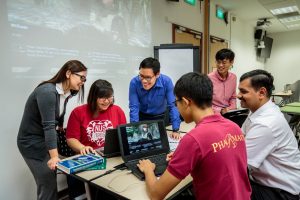 I undertook two major projects while I was at the National University of Singapore (NUS), both around the digital education of pharmacy students.
I undertook two major projects while I was at the National University of Singapore (NUS), both around the digital education of pharmacy students.
One was a Virtual Patient Records (VPR) app and the other was a Pharmacy Game called RetroZfect.
The VPR app is designed to train pharmacy students on how to extract and interpret relevant information on patients, as well as enable them to do mock patient medication counseling, mock dispensing and things like that.
It also includes mock patient data, and it helps them learn what an Electronic Health Record is and what sort of information it 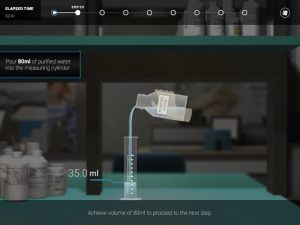 has on it.
has on it.
In Singapore, pharmacy students do not go out into practice until their fourth year of studies, so in the first three years they really have no exposure to clinical practice. The VPR app helps them to develop these critical skills.
RetroZfect is a pharmacy-related serious game – a multiplayer, online, role-playing game where players have to ‘save the world’ from a zombie apocalypse!
In addition to training pharmacy students in the technical skills and knowledge needed by pharmacists (like pharmaceutical 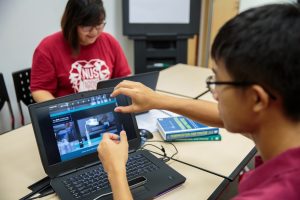 calculations and searching appropriate drug information from monographs), RetroZfect also trains them in 21st Century skills like communication, teamwork and critical thinking – so-called soft skills that are very difficult to train in the traditional content subjects.
calculations and searching appropriate drug information from monographs), RetroZfect also trains them in 21st Century skills like communication, teamwork and critical thinking – so-called soft skills that are very difficult to train in the traditional content subjects.
Even though it’s a ‘zombie game’, it trains students through a process of ‘cognitive authenticity’ – the scenarios actually mimic real drugs, real patient interactions and stuff like that, so it’s a parallel to what they will encounter in real life practice.
Both the VPR app and RetroZfect are currently being used at NUS.
We presented RetroZfect at the 2017 Re-imagine Education International Conference and Awards – hosted by the Wharton School and QS Rankings organisation – and we actually won in three categories, so that was a nice surprise for us!
It also won the Mrs Tan Shook Fong–Pharmaceutical Society of Singapore (PSS) Innovation and Scientific Research Award at the Singapore Pharmacy Congress in 2017.
What about your online game for patients on Warfarin doses?
Warfarin is a drug where patients can potentially have a complicated regimen – it’s not like a regular dose – and in Singapore patients can get mixed up with the strengths of the tablets in relation to their colours, and they can’t really remember their doses. We wanted to create a game to train patients to remember their doses and strengths.
It was just a simple game where the patients would have to catch Warfarin pills using a virtual pill box. Different coloured pills would drop and the scores would reflect the doses and the strength of the tablets.
And your work in 3D printing?
This was more of a pharmaceutical science project – our aim was to develop a sustained-release tablet for anti-seizure medications.
When 3D printing was a new thing, a colleague and I decided to try to capture the release profile of medications through a 3D-printed scaffold. We undertook some studies to gauge the dissolution profile for a sustained-release tablet – and we were successful in achieving this.
The idea was to develop a tablet where you can first control the sustained release for one drug – and then ultimately do that for a combination of drugs in one tablet, because different drugs have different release profiles.
My collaborator is now based at the University of Sydney, and we are hoping to get a grant to continue our work on this.
You were also working to develop a medication label for the visually impaired?
We collaborated with a community group for the blind and visually impaired in Singapore, as we wanted to test whether 3D printing could print out a medication label for visually impaired patients.
We originally thought the label would be most effective in braille but, interestingly, most of the patients we consulted were not formally trained in braille, so they wanted something they were more familiar with – for blood pressure medication, for example, they wanted a figure of a heart 3D-printed on the label.
They also wanted the dosing direction printed as a symbol, not in braille.
Our first version of the labels was a little too large, because our 3D printer was not an industrial quality one and didn’t have a high resolution, but we are working to modify that.
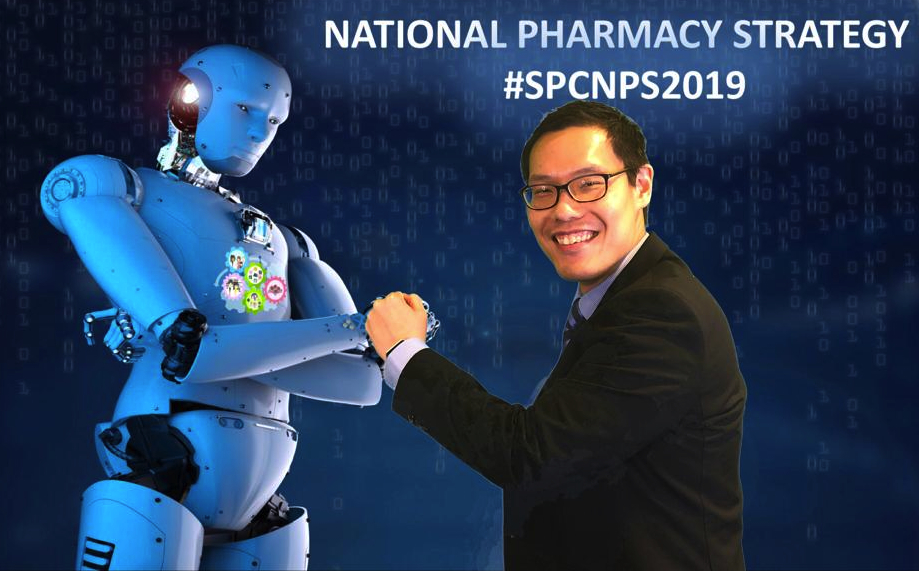
What does your work at La Trobe University involve?
I’m working across a variety of research domains – e-databases and data mining, 3D printing, VR and serious games (including holographics), telehealth and mHealth, and data analytics and clinical prediction.
I’m currently involved in some collaborative projects to develop virtual/augmented reality games for health professional training and for patient care both in Australia and Singapore.
I can’t say much on these at the moment – you’ll need to watch this space, as they say!
I am also busy working as Course Co-ordinator of the Digital Health Course Suite at La Trobe University. We are offering a new Master of Digital Health in Semester 2 this year.
Our initial offerings this year will be across two streams – Health Data Analytics and Visualisation, and Applied eHealth. Another two streams will follow later.
What’s your crystal ball for digital health in the future?
People have different views on that. My own view is that given technologies are advancing so fast, we will need to adapt to them.
A lot of people are afraid that technologies will replace their positions, but personally I don’t think that will happen. As technology advances, the scope of healthcare work and roles will evolve with time.
As clinicians, we provide the humanistic aspect to healthcare that currently no robot can provide. That is an advantage to us as clinicians, and digital health can potentially bring us closer to the patient, to provide more person-centred care – we can make ourselves connect more with patients via these technological advancements. The idea really is to see how we, as healthcare professionals, can live and collaborate with these technologies to enhance patient care and safety.
While ‘digital clinicians’ are indeed a possible future, we should not allow this to cause the digital dehumanisation of the patient-practitioner relationship.*
The humanistic element is ultimately what will remain really important in healthcare, and that is what we are training our students to do!
* This phenomenon has been described in recent literature, but was described originally by Kevin Yap in his Lancet Oncology article and in Wikipedia.
Read more about Kevin Yap
https://scholars.latrobe.edu.au/display/kyap
https://www.linkedin.com/in/yapkevin
Contact Kevin Yap via email
Kevin Yap spoke with Patrick Daley

